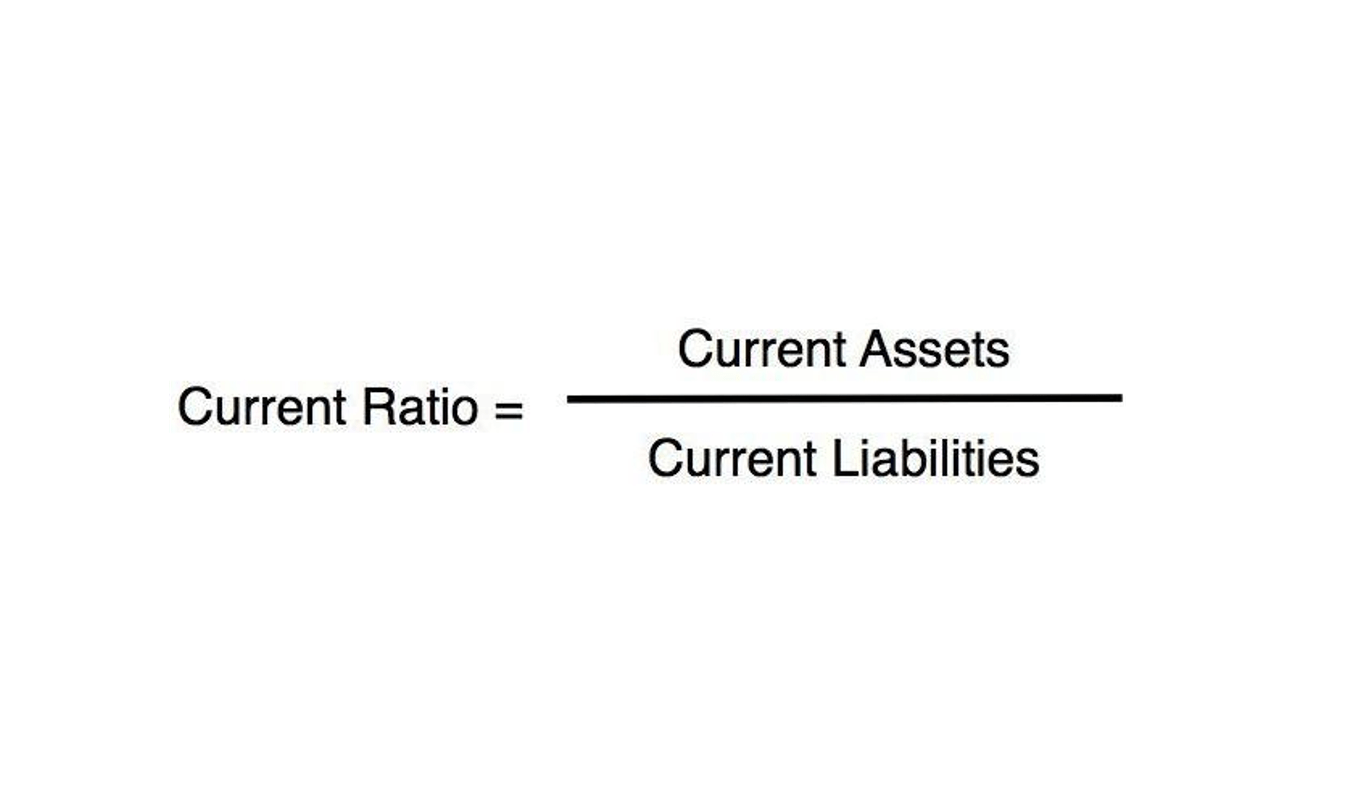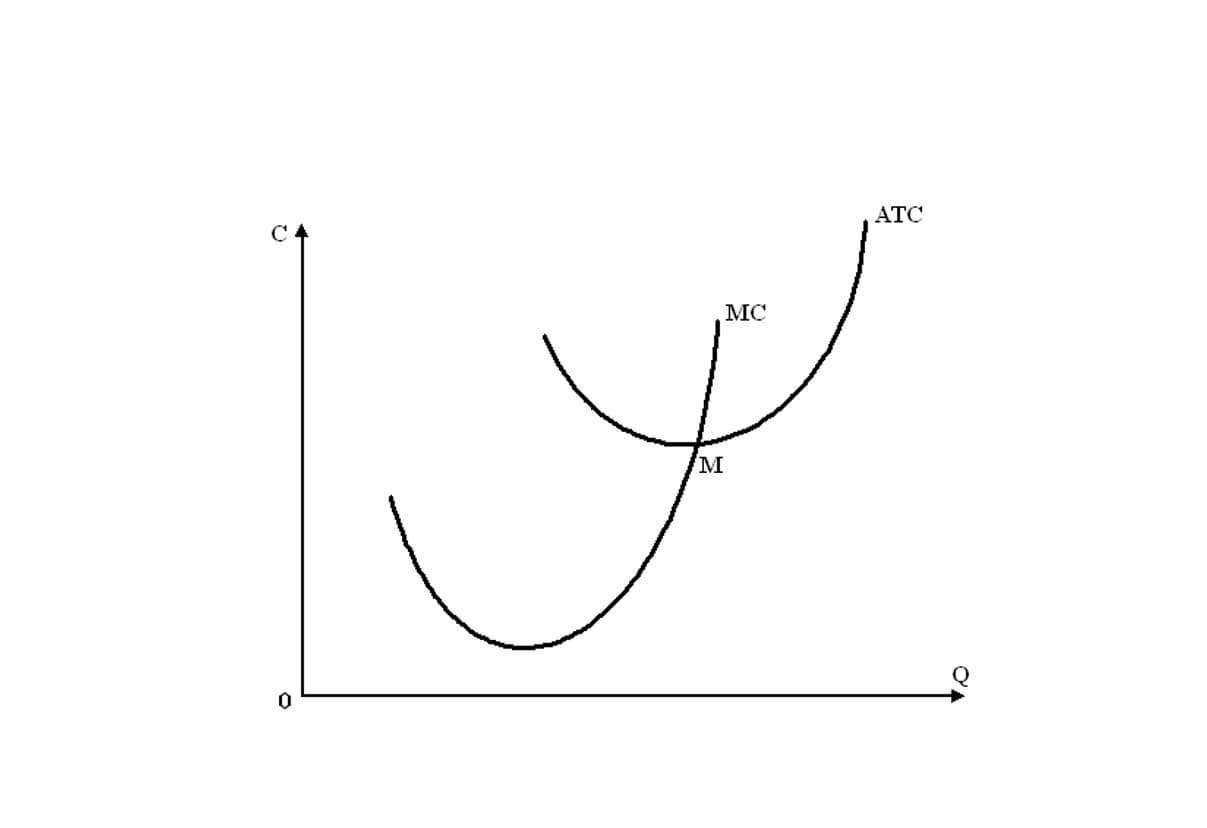
Make the process easier and plan your budget correctly by obtaining quote information for the cost per employee. This formula ensures that businesses pay premium payments proportionate to their risk exposure. Some of these people can be considered non-employee workers and excluded from coverage without penalty; however, it’s important to note that they may count toward the total number of employees. This article is intended to be used as a starting point in analyzing how to calculate workers’ comp and is not a comprehensive resource of requirements. It offers practical information concerning the subject matter and is provided with the understanding that ADP is not rendering legal or tax advice or other professional services. For example, if you run a business with a great safety record, you may get a discount on your policy from your insurer.

Get a Quote
To find your class code, it’s best to work with an insurance agency that specializes in work comp. They can help you most accurately classify your business, modify your class code as needed, and avoid paying contribution margin for the wrong classification. Workers’ comp premiums are determined based on several variables, including an employer’s industry, classifications, total payroll, claims history and adjustments, if applicable.
Look Up Your Workers’ Compensation Insurance Rate(s)

That’s why it’s important to get the cost right upfront for budgeting purposes. This is why E-COMP works with over 50 workers’ compensation provides, which allows us to shop the marketplace to find the best pricing with the most coverage. Depending on your state, workers’ compensation class codes are either set by your state workers’ comp agency or by the National Council on Compensation Insurance. The insurer may apply credits or debits to the premium to determine the final quote you’re offered.

Learn Insurance
- You can check out this guide to workers’ compensation by state for more details.
- In general, workers’ compensation insurance premiums are based on the risk of experiencing claims costs combined with the value of what is being insured.
- This is the full amount of money they earn in a year, before any deductions.
- Also note that Dustin Henderson’s part-time employment does not impact his coverage.
- Some of these people can be considered non-employee workers and excluded from coverage without penalty; however, it’s important to note that they may count toward the total number of employees.
Employers can take proactive steps to manage workers compensation costs and ensure fair calculations. Of course, a part-time worker will usually have a lower average workers’ comp cost – but that’s purely because they are working fewer hours than a full-time worker. Your classification code is one of the most important details to get right if you want an accurate workers’ compensation quote. To begin the process of calculating workers’ comp coverage costs, start with the gross annual earnings for each employee. This is the full amount of money they earn in a year, before any deductions. You should be able to get this information from your HR software or your payroll company.

- As well as fringe benefits, group term life insurance is excluded from the calculation.
- Manage costs by implementing safety programs, reducing claims, and maintaining a low experience modification rate (EMR).
- While many classification codes are standardized across the United States, workers’ compensation premiums are based on the rate set by the state’s rating agency or bureau.
- You may also not be required to carry workers’ comp when the employee is classified as an independent contractor instead of a full-time worker.
- To get a clear understanding of the cost per employee for workers’ compensation insurance, reach out to a trusted professional.
Users input factors like employee classification codes, payroll size, and claims history. The calculator applies state-specific base rates and experience modification factors (EMR) to determine premiums. States with competitive markets may show Accounting for Marketing Agencies varying rates between insurers. Key influences include industry risk, state regulations, claims history, payroll size, and classification codes.

Note that you won’t pay less relative to standard premium costs; these costs are adjusted accordingly based on the amount of time worked. The exact formulas that insurers use to determine the workers’ compensation premium have many moving parts, and how they calculate their premiums can be slightly different from one another. What’s more, these formulas depend on the workers’ compensation laws in each state. The cost of your small business’s workers’ comp insurance depends on several different factors, including your state, industry, employee payroll, and more. Rates vary widely by state and industry, but small businesses in California paid about $1.83 for every $100 of employee payroll in recent years.
Consider skipping the math and contact how to calculate workers comp cost per employee an E-COMP Specialist, who are skilled experts and can make workers’ compensation insurance easy. Learn more about how workers’ compensation insurance can protect your small business. Some states require businesses to purchase coverage from a state fund, while others allow policies from private insurance companies. Additionally, differences exist in employer classification, pay-as-you-go options, premium payments, and claims history requirements. In other words, arriving at an estimate for workers’ compensation coverage involves a few different factors, which might change from year to year. Experience modification adjusts the workers’ comp rate based on an individual employer’s claims history.



